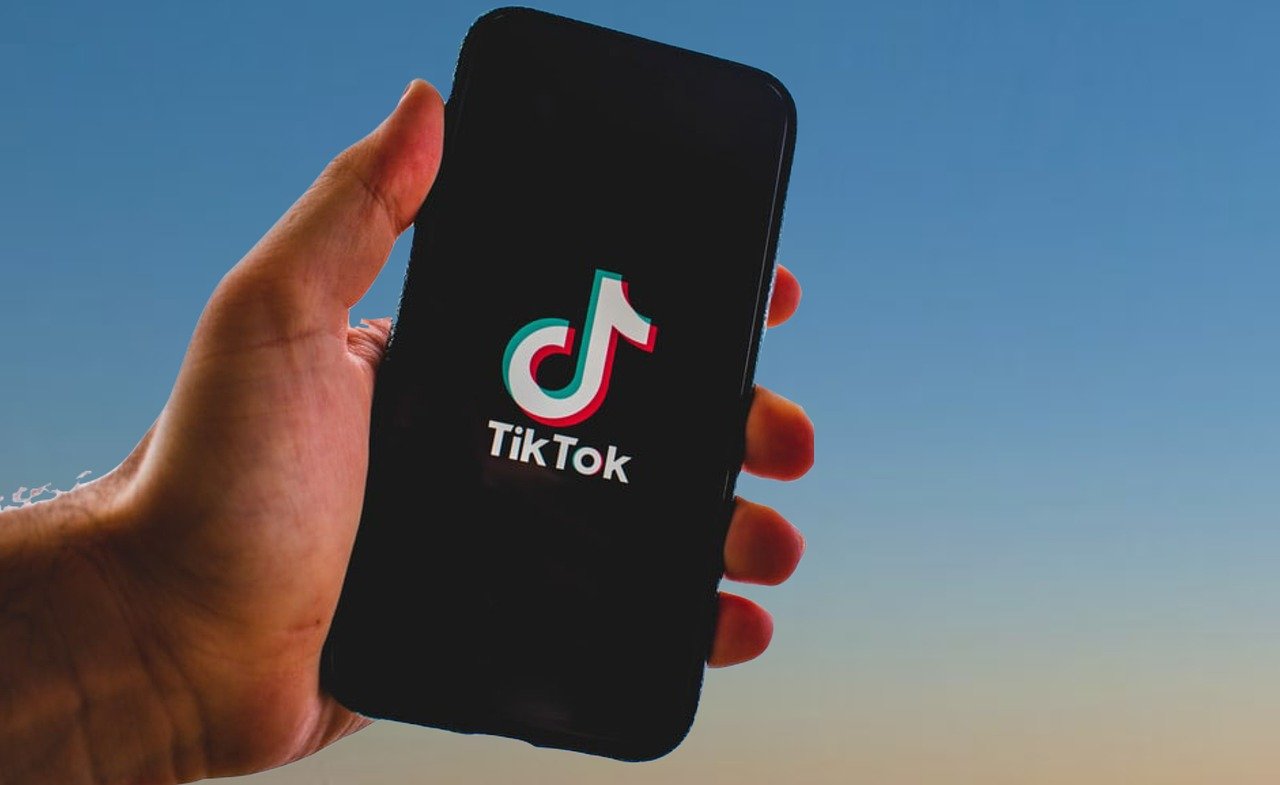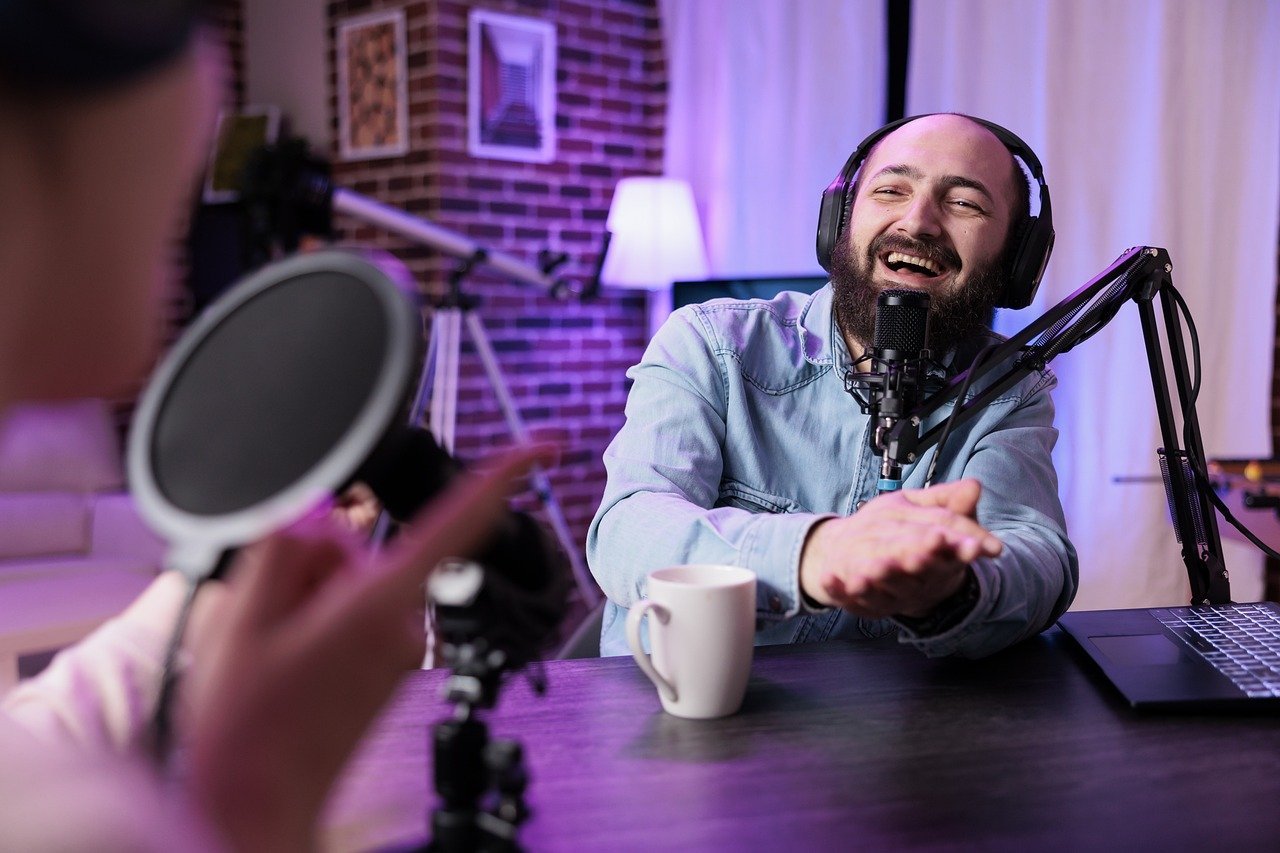11 Tips for Creating Engaging Video Content In the digital age, video content has become…
Videography for Social Media: Creating Engaging Content Across Platforms
In today’s digital age, videography for social media has become an essential skill for content creators, marketers, and businesses. Creating engaging content that resonates with audiences on various social media platforms requires strategic planning and optimization. This blog post will explore effective strategies and best practices for optimizing videos for Instagram, Facebook, YouTube, TikTok, LinkedIn, and Snapchat. We will also delve into video ads, social media video trends, live streaming, video formats, hashtags, thumbnails, influencer collaborations, user-generated content, video metrics, and more.
Optimizing Videos for Instagram
Instagram is a visually driven platform where aesthetics and engagement are crucial. To optimize your videos for Instagram:
- Keep it Short: Instagram videos should be concise, ideally between 15-60 seconds for feed posts and up to 15 seconds for Stories.
- Use Captions: Many users watch videos without sound, so adding captions can increase engagement.
- Vertical Format: Use vertical videos for Stories and IGTV to utilize the full screen on mobile devices.
- Engaging Thumbnails: Choose eye-catching thumbnails to attract viewers’ attention.
- Hashtags: Incorporate relevant hashtags to increase visibility and reach.

Facebook Video Strategies
Facebook is a platform where videos can go viral quickly. Here are some strategies for Facebook video optimization:
- Native Uploads: Upload videos directly to Facebook rather than sharing YouTube links to boost reach and engagement.
- Captions and Text Overlays: Use captions and text overlays to make videos accessible and engaging without sound.
- Square Videos: Square videos perform better on Facebook as they take up more screen space on mobile devices.
- Call-to-Actions (CTAs): Include clear CTAs to encourage viewers to take the desired action, such as visiting your website or subscribing to your page.
- Video Ads: Invest in Facebook video ads to target specific audiences and increase visibility.

YouTube Video Optimization
YouTube is the go-to platform for video content. To optimize your YouTube videos:
- SEO-Friendly Titles: Use focus keywords in your titles for better search visibility.
- Detailed Descriptions: Write detailed descriptions with relevant keywords and timestamps for easier navigation.
- Engaging Thumbnails: Create custom thumbnails that are visually appealing and represent the content accurately.
- Playlists: Organize videos into playlists to keep viewers engaged with related content.
- Engagement: Encourage viewers to like, comment, and subscribe to your channel.

TikTok Videography Tips
TikTok is known for its short, creative videos. Here are some tips for creating engaging TikTok content:
- Trendy Content: Participate in trending challenges and use popular sounds to increase visibility.
- Short and Sweet: Keep videos under 60 seconds to maintain viewer interest.
- Creative Editing: Use TikTok’s editing tools, effects, and filters to make your videos stand out.
- Hashtags: Use relevant and trending hashtags to reach a broader audience.
- Engagement: Engage with your audience through comments and duets to build a community.

LinkedIn Video Marketing
LinkedIn is a professional networking platform where video content can help establish thought leadership. Optimize your LinkedIn videos by:
- Professional Tone: Maintain a professional tone and focus on industry-related content.
- Captions: Use captions as many professionals watch videos without sound.
- Square or Vertical Format: Both formats work well on LinkedIn’s mobile app.
- Educational Content: Share insights, tips, and industry news to provide value to your network.
- Call-to-Actions: Include CTAs to drive engagement and conversions.

Snapchat Video Techniques
Snapchat is a platform for quick, ephemeral content. To optimize your Snapchat videos:
- Vertical Videos: Always use vertical videos for a better user experience.
- Short Clips: Keep videos under 10 seconds to align with Snapchat’s fast-paced nature.
- Filters and Lenses: Utilize Snapchat’s filters and lenses to make your content more engaging.
- Geotags and Stickers: Add geotags and stickers to increase visibility and engagement.
- Stories and Ads: Use Stories for regular updates and Snapchat Ads for targeted campaigns.

Video Ads for Social Media
Video ads are powerful tools for social media marketing. Here are some best practices:
- Attention-Grabbing Start: Capture attention within the first few seconds.
- Clear Message: Convey your message clearly and concisely.
- Mobile Optimization: Ensure videos are optimized for mobile viewing.
- Call-to-Actions: Include strong CTAs to drive conversions.
- A/B Testing: Test different versions of your ads to find the most effective one.

Social Media Video Trends
Staying updated with the latest trends can give your content a competitive edge. Current trends include:
- Short-Form Videos: Platforms like TikTok and Instagram Reels have popularized short-form videos.
- Live Streaming: Real-time interaction with audiences through live streaming.
- User-Generated Content: Encouraging users to create and share content.
- AR and VR: Incorporating augmented reality (AR) and virtual reality (VR) elements.
- Shoppable Videos: Videos that allow viewers to shop directly from the content.

Best Practices for Live Streaming
Live streaming can boost engagement and authenticity. Follow these best practices:
- Promote in Advance: Inform your audience about the live stream ahead of time.
- Interact with Viewers: Engage with viewers by responding to comments and questions.
- Quality Setup: Ensure good lighting, sound, and a stable internet connection.
- Plan Content: Have a clear agenda to keep the stream focused and interesting.
- Post-Stream Content: Share highlights and key moments after the stream ends.

Vertical vs. Horizontal Videos
Choosing between vertical and horizontal videos depends on the platform and content type:
- Vertical Videos: Best for mobile-first platforms like Instagram, TikTok, and Snapchat.
- Horizontal Videos: Ideal for YouTube and Facebook where landscape viewing is common.
- Adaptive Approach: Create content that can be easily adapted to both formats.
Hashtags and Descriptions
Effective use of hashtags and descriptions can increase video reach and engagement:
- Relevant Hashtags: Use specific and relevant hashtags to target your audience.
- Detailed Descriptions: Write comprehensive descriptions with keywords to improve searchability.
- Keyword Placement: Place focus keywords near the beginning of descriptions.
Engaging Thumbnails
Thumbnails play a crucial role in attracting viewers. Tips for creating engaging thumbnails:
- High Quality: Use high-resolution images.
- Text Overlays: Add concise text overlays to highlight the video’s content.
- Consistency: Maintain a consistent style across your thumbnails.
Influencer Collaboration
Collaborating with influencers can amplify your reach:
- Relevant Influencers: Partner with influencers whose audience aligns with your target market.
- Clear Agreements: Define clear terms and expectations for the collaboration.
- Authenticity: Ensure the content feels genuine and not overly promotional.

User-Generated Content
User-generated content (UGC) can boost authenticity and engagement:
- Encourage Participation: Prompt your audience to create and share content related to your brand.
- Feature UGC: Showcase user-generated content on your social media channels.
- Engage with Creators: Acknowledge and engage with users who create content for you.
Analyzing Video Metrics
Analyzing video performance is essential for continuous improvement:
- View Count: Track the number of views to gauge reach.
- Engagement Rate: Monitor likes, comments, and shares.
- Watch Time: Measure how long viewers watch your videos.
- Click-Through Rate (CTR): Track how often viewers click on links or CTAs.
- Conversion Rate: Measure the effectiveness of your videos in driving conversions.
Social Media Video Challenges
Participating in social media challenges can increase visibility:
- Trending Challenges: Participate in popular challenges relevant to your brand.
- Create Your Own: Develop unique challenges to engage your audience.
- Collaborate: Partner with influencers to promote your challenges.
Scheduling and Posting Videos
Timing and consistency are key to successful video posting:
- Optimal Times: Post videos during peak engagement times for each platform.
- Regular Schedule: Maintain a consistent posting schedule to keep your audience engaged.
- Use Tools: Utilize scheduling tools to plan and automate your posts.

Interactive Video Content
Interactive videos can enhance engagement and retention:
- Polls and Q&A: Incorporate polls and Q&A sessions in your videos.
- Clickable Elements: Add clickable elements that lead to additional content or CTAs.
- Interactive Stories: Use interactive features in Instagram Stories and Facebook Stories.
Monetizing Social Media Videos
Monetizing videos can provide a significant revenue stream:
- Ad Revenue: Earn through platform-specific ad revenue programs like YouTube’s Partner Program.
- Sponsorships: Partner with brands for sponsored content.
- Merchandising: Promote and sell merchandise through your videos.
- Crowdfunding: Use platforms like Patreon to receive support from your audience.
Conclusion
Mastering videography for social media involves understanding each platform’s unique requirements and audience preferences. By optimizing your videos for different social media channels, utilizing best practices, and staying updated with trends, you can create engaging content that drives engagement and growth. Whether you’re a content creator, marketer, or business, effective videography can significantly enhance your social media presence and success.
FAQs
Q1: What is the ideal video length for social media platforms?
- The ideal video length varies by platform. Instagram Stories and TikTok videos should be under 60 seconds, Facebook videos can be up to 3 minutes, and YouTube videos can range from 5 to 15 minutes or longer for in-depth content.
Q2: How important are captions in social media videos?
- Captions are crucial as many users watch videos without sound. They enhance accessibility and can increase engagement.
Q3: Should I use the same video across all social media platforms?
- It’s best to tailor your videos to each platform’s specifications and audience preferences. This ensures optimal engagement and performance.
Q4: How can I increase the reach of my social media videos?
- Use relevant hashtags, engaging thumbnails, detailed descriptions, and promote your videos across multiple platforms. Collaborating with influencers and encouraging user-generated content can also boost reach.
Q5: What are the benefits of live streaming on social media?
- Live streaming allows real-time interaction with your audience, enhancing engagement and authenticity. It can also increase visibility and provide immediate feedback.




